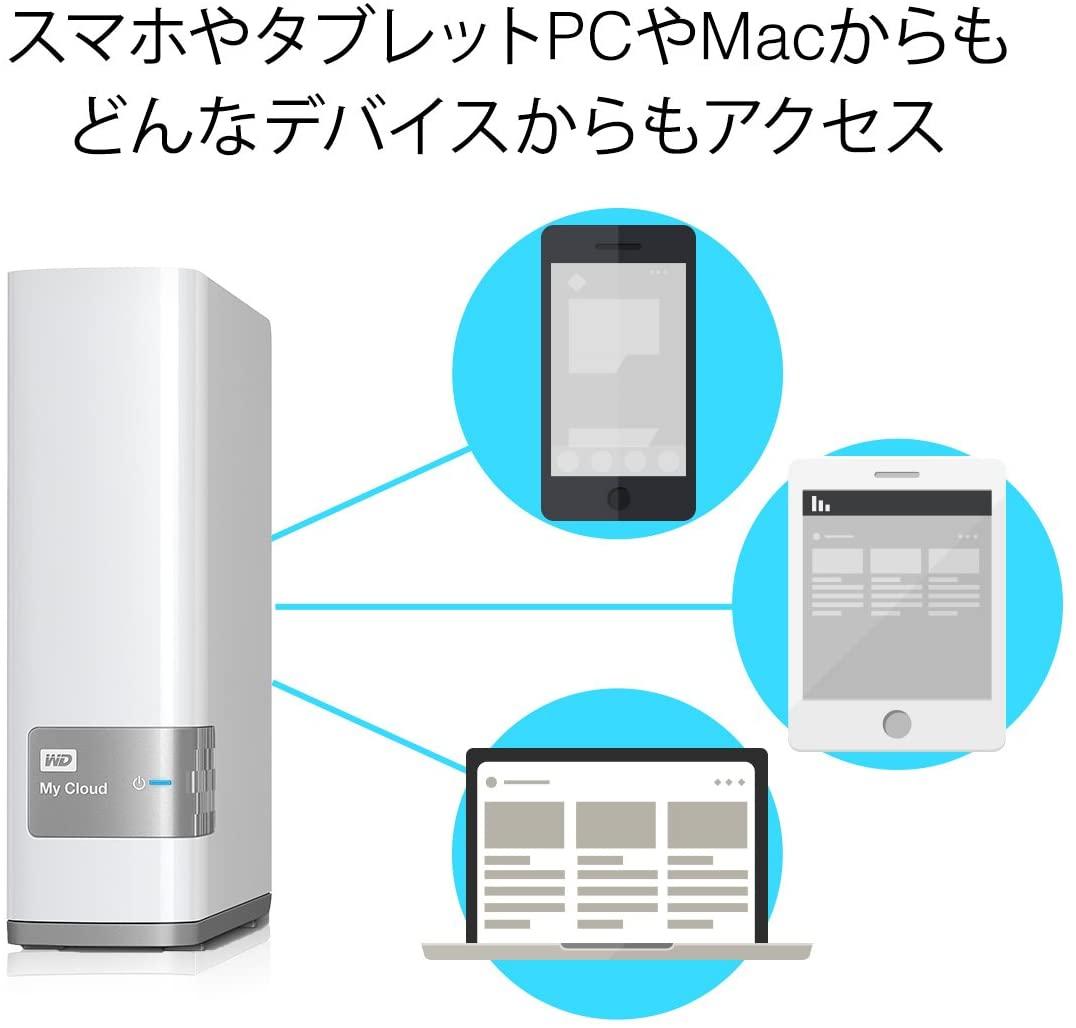NAS, WD "WD Cloud" compatible with...
07
04
NAS, WD "WD Cloud" compatible with smartphones and tablets
Multi-user support, capacity can be set for each user
After completing the initial settings, if you access WD Cloud from within the LAN with Explorer etc., you can see the folder with the same name as the user name and the shared folder "Public" with no access restrictions. There are three folders in the Public folder that are supposed to store music, images, and videos.
Top screen that opens when an administrator user accesses from the local. The free space display is a pie chart. Show CPU, RAM, and network performance below it. Sign-in screen that opens when you click the "Sign in" button on "wdcloud.jp" Top screen that opens when you access the cloud. The state where the "Public" folder created in the initial state is opened. I opened WD Cloud in Explorer, which allows you to operate files by dragging and dropping or right-clicking. I signed in with the iOS version of the WD Cloud app where I can see folders such as user folders, public folders, and TimeMachineBackup. I'm checking in the settings of other users by signing in as an administrator user who can move and copy files by tapping.Password, access authority, and "allocation" capacity can be changed. The allocated capacity can be set in MB, GB, and TB units.
Two types of accounts are used to use WD Cloud. One is to create a dedicated folder in WD Cloud and access it locally (in the LAN), and you need to register your ID and password. The other is to connect to WD Cloud via the cloud (Internet) to access dedicated folders and shared folders, and you need to register your email address and password.
Users who make initial settings such as administrators will always set both "cloud" and "local" accounts, but if the second and subsequent users do not need to access "cloud", only create a "local" account. Just do it. If you don't care about privacy and you don't need a dedicated folder, you don't need to create a "local" account, just use the Public folder. Users in the LAN can freely read and write the Public folder without an account.
For "local" accounts, access permissions can be set for each folder, and the capacity that can be used can be limited for each of the three types of MB / GB / TB. Common settings can be assigned by grouping access privileges and used capacity.








